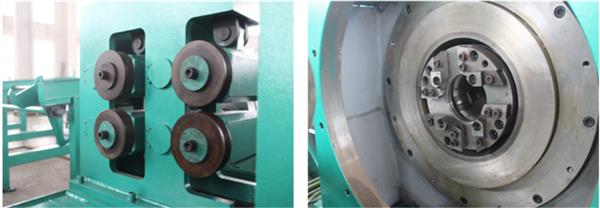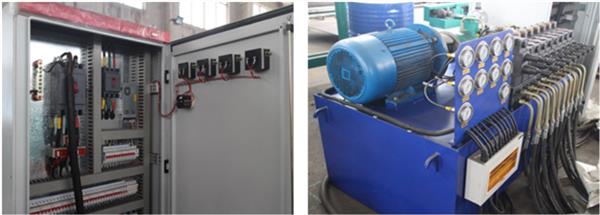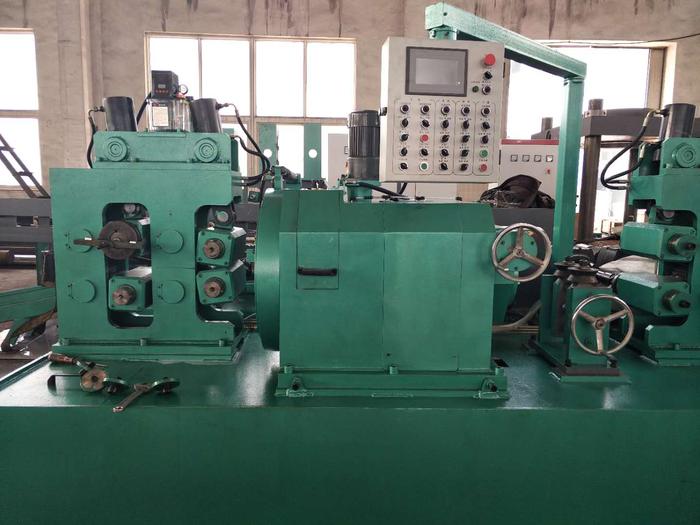- Essential Maintenance and Refueling Guide for Centerless Grinders
- Essential Maintenance and Refueling Guide for Centerless Grinders
- Essential Maintenance and Refueling Guide for Centerless Grinders
- Steel Peeling Machines: Advantages and Applications
- Why Choose Mingcheng Peeling Machine? Boost Production Efficiency and Create Dual Profits
- Metal Materials and Their Development Trends
E-mail:liu@mingchenggroup.com
Phone:+86 13322202758
QQ:605712576
Address:No. 20, Gangwan Street, Zhongshan District, Dalian City, Liaoning Province
Lathes vs Milling Machines: Turning vs Milling
Lathes and milling machines are essential tools in machining, each serving different purposes. Understanding their functions, as well as the processes of turning and milling, can help you select the best option for your needs.
Lathes: For Round Parts

Lathes: For Round Parts

Lathes are designed to shape cylindrical or round workpieces. In lathe processing, the workpiece rotates while the cutting tool remains stationary. This process, known as turning, is commonly used to create parts like shafts, discs, and sleeves. Lathes can also perform additional operations using accessories such as drills, reamers, taps, and dies.
Milling Machines: For Flat and Complex Surfaces

Milling Machines: For Flat and Complex Surfaces

Milling machines are used to cut flat, curved, or irregular surfaces. Unlike lathes, the cutting tool in milling machines rotates, and the workpiece is moved to achieve the desired shape. Milling machines are versatile and can create planes, grooves, gears, and other complex surfaces.
CNC Machines: For Automated Precision

CNC Machines: For Automated Precision

Both lathes and milling machines can be equipped with CNC (Computer Numerical Control) technology, which automates operations for greater precision and efficiency. CNC systems use programs to control tool paths, enabling complex tasks to be performed accurately and consistently with minimal manual intervention.
Lathes are best for cylindrical parts, while milling machines excel at flat and complex surfaces. Both machines benefit from CNC automation, making them essential for high-precision, high-volume production. Choosing between them depends on the type of part and surface required for your application.
For precise machining solutions, contact us today to learn more about our CNC lathe and milling machine services.
- Previous:Tension Levelers: Advanced Straightening Solutions
- Next:Metal Materials and Their Development Trends
-
2023-09-19How The Round Steel Peeling Machine Works?
-
2023-09-19Round Steel Peeling Machine






